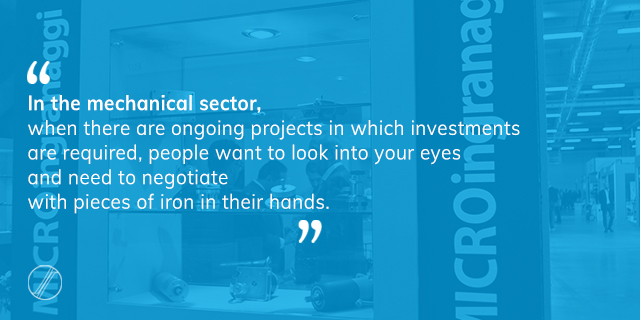When three years ago I posted an article entitled “Keep an inventory stock or not?”, I would never have imagined that in such a short time we would be faced with a situation that would overturn and even totally destroy many of the certainties we had.
In that post I wrote that
most manufacturing industries currently (up until now) tend to reduce to a minimum inventory and stock
For a number of reasons. To lower the final cost of a product, for instance, which involves a highly important cost item (that of stock) as regards the price composition. Or the average cycle of life of the final product (whatever, or almost, it may be) that has noticeably decreased (scheduled obsolescence) and, consequently, there is no real reason to maintain such large stocks of the related components. Or even the stock warehouse which – in itself – is a cost, given the area on the ground it occupies, and the operators required to run it.
All key reasons that, in part, I also agree with, if it were not for the fact that two months ago we were hit by the Coronavirus lockdown, and many companies have had to suspend their operating activities generating huge gaps in the production chain. Primary essential service businesses that were allowed to stay open have struggles to continue business as usual because they could not purchase the required goods from suppliers.
So, if up until “yesterday” the minimising of inventory stock had repercussions on the chain mainly in terms of prolonged production and delivery times, the last two months have demonstrated that the consequences may be even more catastrophic.
The exasperated drop in commodities in stock under a just in time regime has proved to be a huge limit on manufacturing autonomy over the last few months, with clear risks of interrupting the supply chain, including those of an essential nature.
So the lockdown of a company like MICROingranaggi given it is not part of an essential services supply chain, was in actual fact only apparently made sense – as I wrote – as our micro-components was fundamental to essential service sectors such as healthcare and avionics.
So once again, here is the question I asked three years ago:
keep an inventory stock or not? Or, rather, what would be the perfect balance in the light of what happened recently?
As a supplier, as already written in the past, I still think that it is important to keep track of historic sales in order to maintain valid elements to be used in drawing up realistic forecasts and, wherever feasible, to propose supply contracts that are convenient for customers (in terms of cost and delivery times) whilst, at the same time, allowing manufacturers/suppliers to have an increased vision of the future and therefore more room for manoeuvre (also from a procurement point of view). Today more than ever before.
As a customer, however, it would be worthwhile drawing up a careful analysis of one’s supply chain, contemplating all and any risks arising from the fact that some suppliers may not be able to manufacture their goods in emergency situations and hence slow down or even block our production





